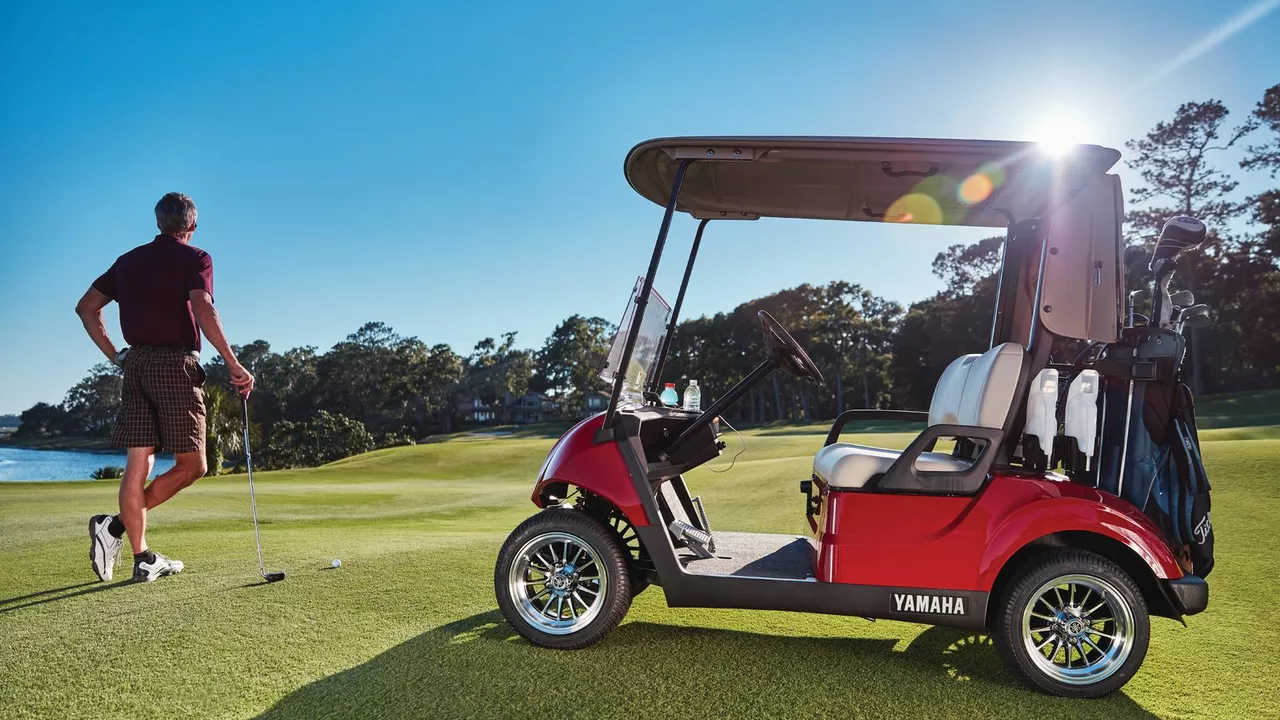If you spend a lot of time on the fairway, you’ve probably jumped into a golf cart more than once. Those carts are handy, but they come with their own set of dangers that many players overlook. Ignoring these risks can lead to costly repairs, injuries, or even a fire. Let’s break down the biggest safety issues and how to avoid them, so you can enjoy the ride without worry.
The heart of an electric cart is its battery. Over time, batteries lose charge, develop cracks, or leak acid. A cracked case can expose the electrolyte, which can cause burns or start a fire if it contacts metal parts. Always check the battery for swelling, corrosion, or loose connections before each round. If you see any damage, replace it right away – don’t try to patch it yourself.
When charging, use only the charger that came with the cart. Plugging a mismatched charger can overheat the battery and trigger an explosion. Keep the charging area well‑ventilated and never leave a charging cart unattended overnight. If a battery smells like rotten eggs, that’s a sign of a gas leak and you should move the cart outside and call a professional.
Most golf carts are designed for low speeds, but that doesn’t mean they’re foolproof. The most common accident is a cart hitting a golfer, a cart, or a stationary object. To prevent this, always drive at the recommended speed – usually 5 mph on the fairway and even slower around the greens. Keep your seatbelt fastened and make sure the cart is in good working order: brakes, steering, and lights should all be checked regularly.
Visibility is another hidden danger. Carts don’t have the same headlights or turn signals as cars, so you need to be extra careful in low‑light conditions. Use a flashlight or the cart’s built‑in lights if you’re playing at dusk. Also, be aware of blind spots – the driver’s view can be blocked by the cart’s frame, especially when turning around corners.
Maintenance is the cheapest insurance policy against accidents. Follow the manufacturer’s schedule for oil changes (if it’s a gas cart), tire pressure checks, and brake inspections. A cart with worn tires can skid on wet grass, and weak brakes can’t stop in time on a downhill slope. Simple tasks like tightening loose bolts or cleaning the battery terminals can save you from a breakdown in the middle of a round.
Finally, remember that carts are not toys. Treat them like any other vehicle: no reckless racing, no overloading with bags or people, and no riding on steep hills that exceed the cart’s rating. By respecting the cart’s limits, you protect yourself, your fellow golfers, and the equipment.
By keeping an eye on the battery, driving responsibly, and staying on top of maintenance, you’ll cut down the chances of a mishap. A well‑maintained cart lets you focus on your swing instead of worrying about safety. So before your next tee‑off, take a minute to run through these quick checks – your game and your health will thank you.

From my perspective, allowing a 10-year-old to drive a golf cart isn't the safest idea. These vehicles might seem harmless, but they require a level of judgment and motor skills that children at this age typically lack. Accidents can occur, especially without proper adult supervision. It's also necessary to remember that in most places, there are legal age limits for operating such vehicles. So, it's best to wait until they're older and more capable of handling the responsibility.